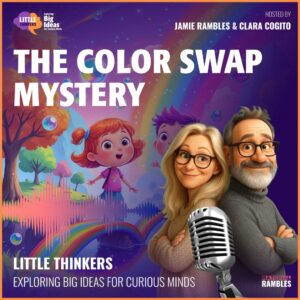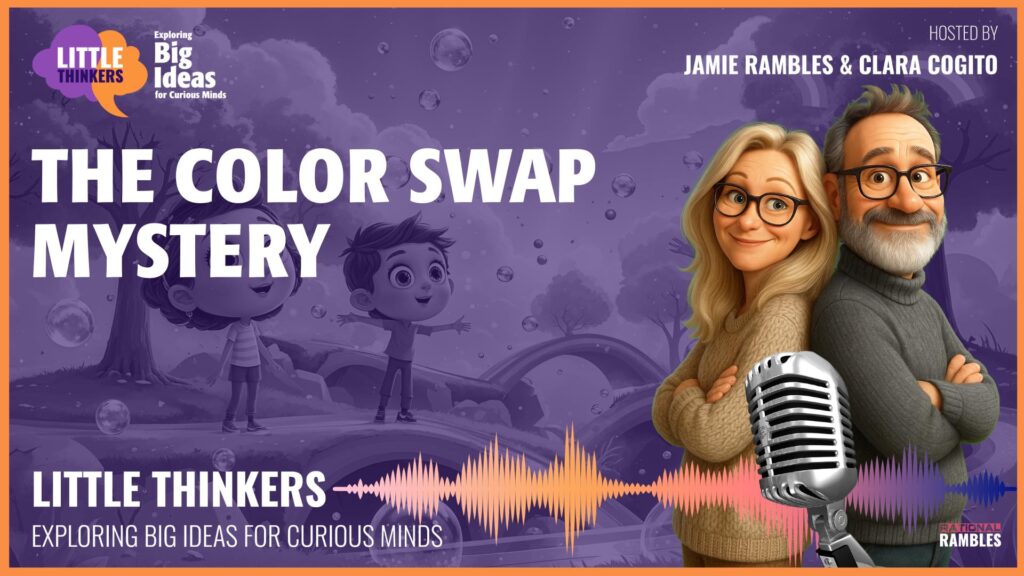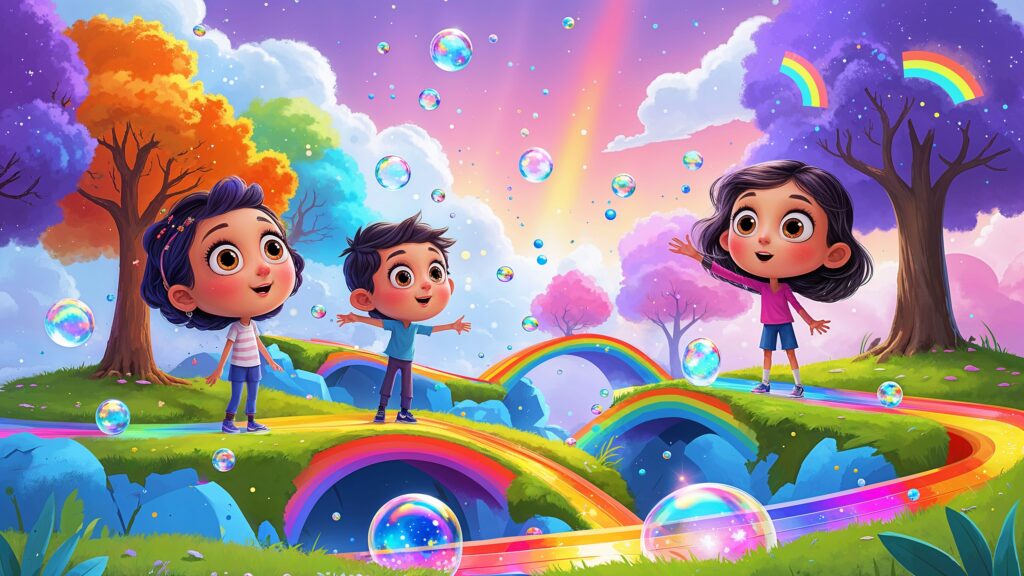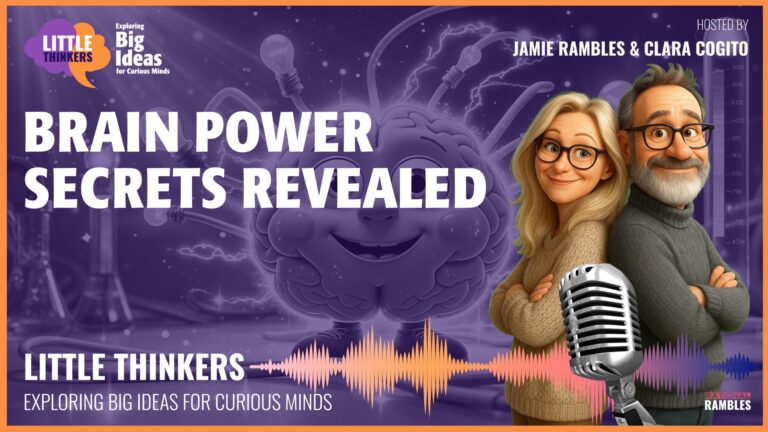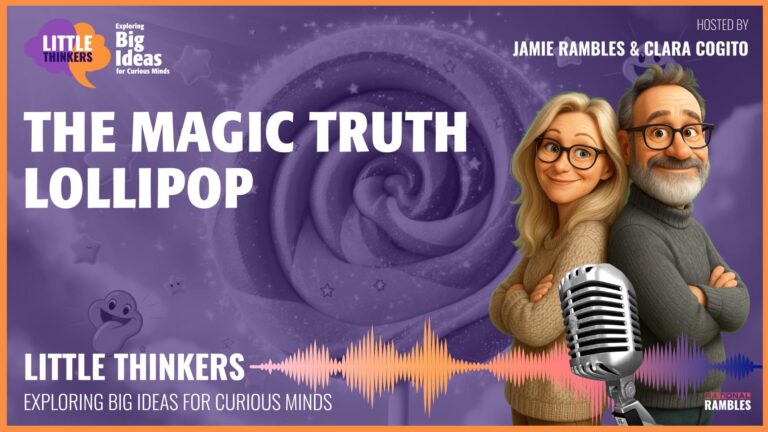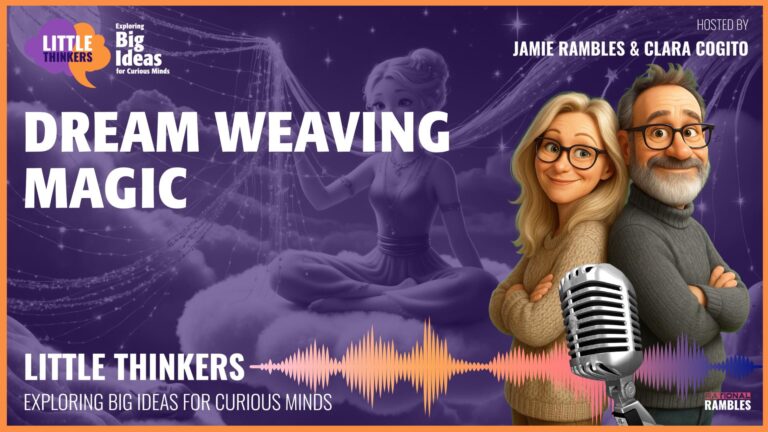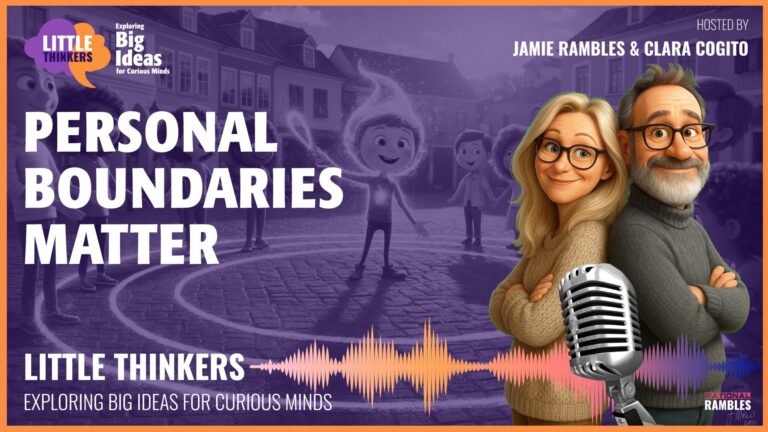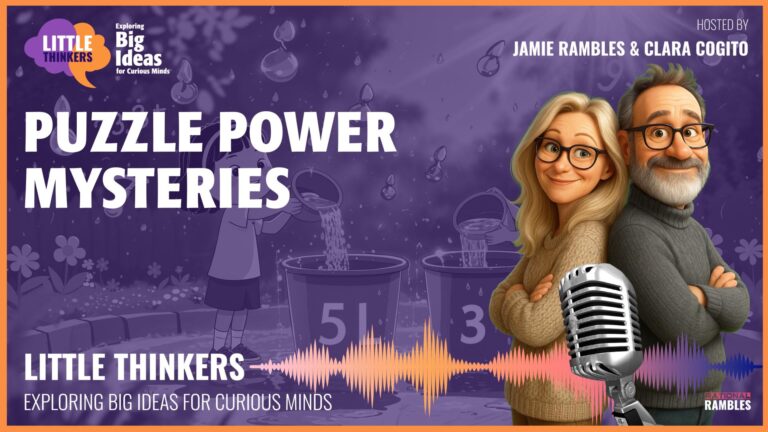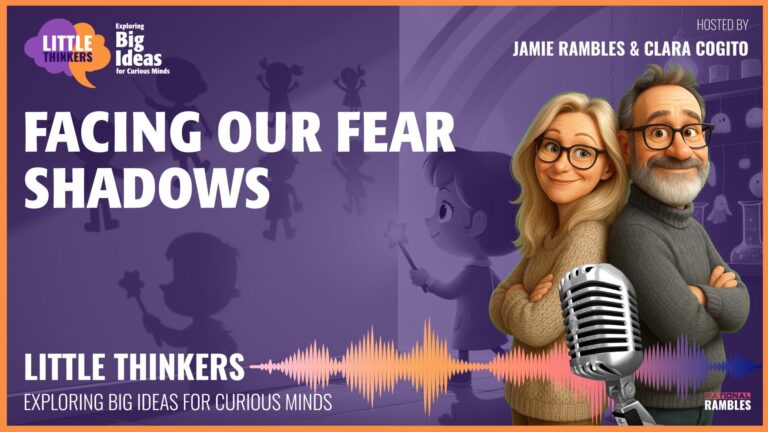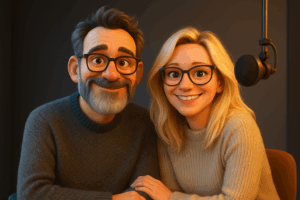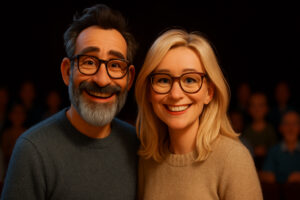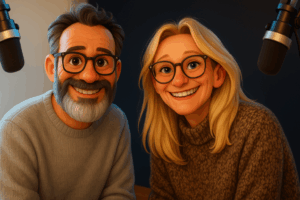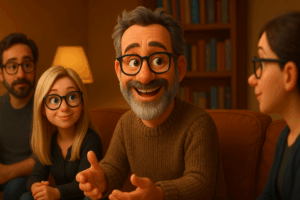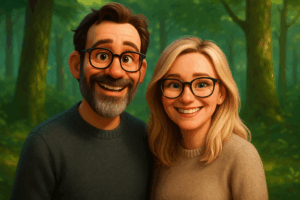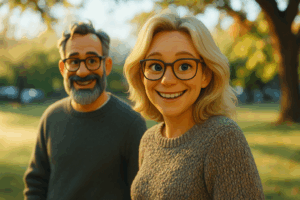The Amazing Color Mystery: Do We All See the Same Colors?
A Rainbow of Questions
Have you ever wondered if the red you see is the same red your friend sees? What if what looks like red to you actually looks like blue to someone else? Whoa! This is called the Color Mystery, and it’s one of the most mind-boggling questions in the world!
Imagine waking up tomorrow and suddenly the sky is bright green, the grass is blue, and your chocolate cereal is purple! But when you tell your family, they think you’re being silly because to them, everything looks normal. Could this actually happen? Let’s explore this colorful mystery together!
How Do We See Colors?
First, let’s talk about how we see colors. When you look at something, like your favorite toy, light bounces off it and into your eyes. Your eyes send special messages to your brain, and then—KABOOM!—your brain creates the colors you see.
But here’s the tricky part: we can’t jump into someone else’s brain to see what they see. Maybe when your friend looks at a bright red fire truck, they see something that would look completely different to you—but we both learned to call it “red” anyway!
The Strawberry Test
Close your eyes for a moment and picture a strawberry. What color is it? “Red,” you probably said. Now, what if what you call “red” looks exactly like what I call “blue”? We’d both agree strawberries are “red,” but they might look totally different in our minds! Isn’t that bananas? Or should I say… strawberries! Ha!
Animal Color Worlds
Did you know that animals see colors differently than we do? It’s true! Here are some amazing animal color facts:
- Dogs don’t see as many colors as we do. Your red ball might look gray to your dog!
- Bees can see ultraviolet light—a special color that’s invisible to humans!
- Butterflies can see more colors than people can. Their world is extra colorful!
- Cats see fewer colors than we do, but they’re super good at seeing in the dark.
So when you’re playing in the garden with your pet, you’re both seeing completely different color worlds! Wow!
The Colorblind Clue
Some people are colorblind, which means they can’t tell certain colors apart. For example, they might mix up red and green, so a red apple on a green tree might be hard to spot. This gives us proof that at least some people see colors differently!
Scientists have made special glasses to help colorblind people see more colors. When colorblind people put these glasses on for the first time, they sometimes cry because they’re seeing colors they’ve never seen before. Can you imagine suddenly seeing a brand new color?
The Upside-Down Experiment
Here’s something super cool: scientists made special goggles that make everything look upside down. If you wear them for a few days, your amazing brain actually adjusts, and everything starts to look normal again! Then when you take them off, the world looks upside down for a while! This shows how our brains can adapt to seeing things differently.
Baby Color Worlds
Did you know that babies aren’t born seeing all the colors we do? When babies are first born, they mostly see in black, white, and gray—like an old-time movie! Colors slowly appear as their eyes and brains develop.
Imagine watching a black-and-white movie that gradually turns colorful over several months. That’s what happens for babies! By the time they’re about 5 months old, they can see most colors, but their color vision keeps getting better until they’re about 5 years old.
Super Color Vision
There are even some people who might see MORE colors than the rest of us! They’re called tetrachromats (tet-ra-kro-mats), which is a big word that means “four color vision.” Most people have three types of color detectors in their eyes, but tetrachromats have four!
This means they might see colors between colors that the rest of us can’t even imagine! It would be like having secret colors that only they can see. How would you describe a color that no one else can see? You’d have no words for it!
Create Your Own Color!
Let’s try something fun! If you could create a brand new color that no one has ever seen before, what would you name it? What would it be used for?
- Maybe “Giggly Glimmer” for painting ticklish monsters?
- Or “Dreamy Dazzle” for coloring shooting stars and magic wands?
- How about “Bouncy Blue” for drawing trampolines and kangaroos?
What would YOUR special color be called? What things would be this color?
Do Favorite Colors Give Us Clues?
Here’s another interesting thought: everyone has different favorite colors! If we all saw colors exactly the same way, maybe we’d all like the same colors best. But we don’t!
Of course, our favorite colors might also come from our experiences. If your favorite toy was yellow when you were little, you might love yellow. Or if you once ate a yucky green medicine, you might not like green as much!
Our brains connect colors with feelings and memories. Red might feel exciting because it reminds us of firetrucks or strawberries. Blue might feel calm because it’s like the ocean or a peaceful sky.
Colors Beyond Seeing
Sometimes, the most special colors aren’t ones we see with our eyes at all! What color would you use to paint:
- The feeling of laughing so hard your tummy hurts?
- The coziness of a warm hug from someone you love?
- The excitement of the night before your birthday?
- The sound of your favorite song?
These might be the most amazing colors of all—the colors of feelings and experiences that make life wonderful!
The Color Swap Experiment
Here’s a fun activity: draw a picture of how the world might look if all the colors were swapped around! Make the sky purple, the grass orange, and maybe give people blue hair and green skin!
When you look at your drawing, ask yourself: “What if someone sees the world like this all the time?” Would it change anything important about them or how much fun you have together?
Even if we all see different color worlds, we can still share the same feelings, adventures, and friendships. The Color Mystery doesn’t change what matters most!
What Do YOU Think?
Your world is uniquely colorful in a way that might be different from everyone else’s! Isn’t that amazing to think about?
Keep your eyes open for all the wonderful colors in your world—whether they’re the same colors everyone else sees or your very own special version! And remember: the Color Mystery reminds us that we each see the world in our own special way, and that’s what makes life so colorful and exciting!
What other big questions do you have about how we see the world? Keep wondering, Little Thinker!


